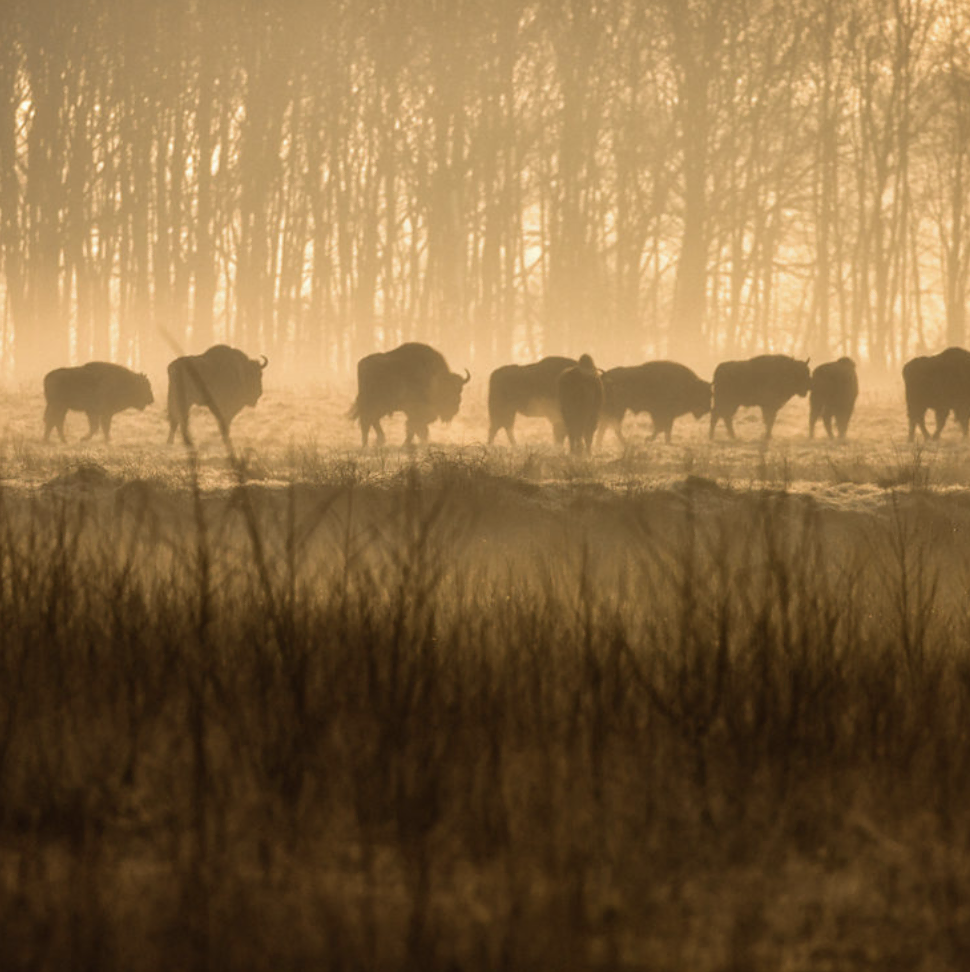Just like clockwork, when feeding time arrives in the late morning at West Blean and Thornden Woods Nature Reserve, a group of trees begins to rustle in the distance.
Shortly afterwards, the enormous head of a bison, covered in a moss of chocolate brown fur and two impressive curved horns, emerges from the forest. Eventually, hoof by hoof, its entire hulking body emerges into the open. Then, when all seems to be clear, the whole herd makes its move: three other adults and four calves trot out.
“They are creatures of habit and have favorite spots they go to,” says Cristina Juan, the reserve manager for a project known as Wilder Blean, looking on.
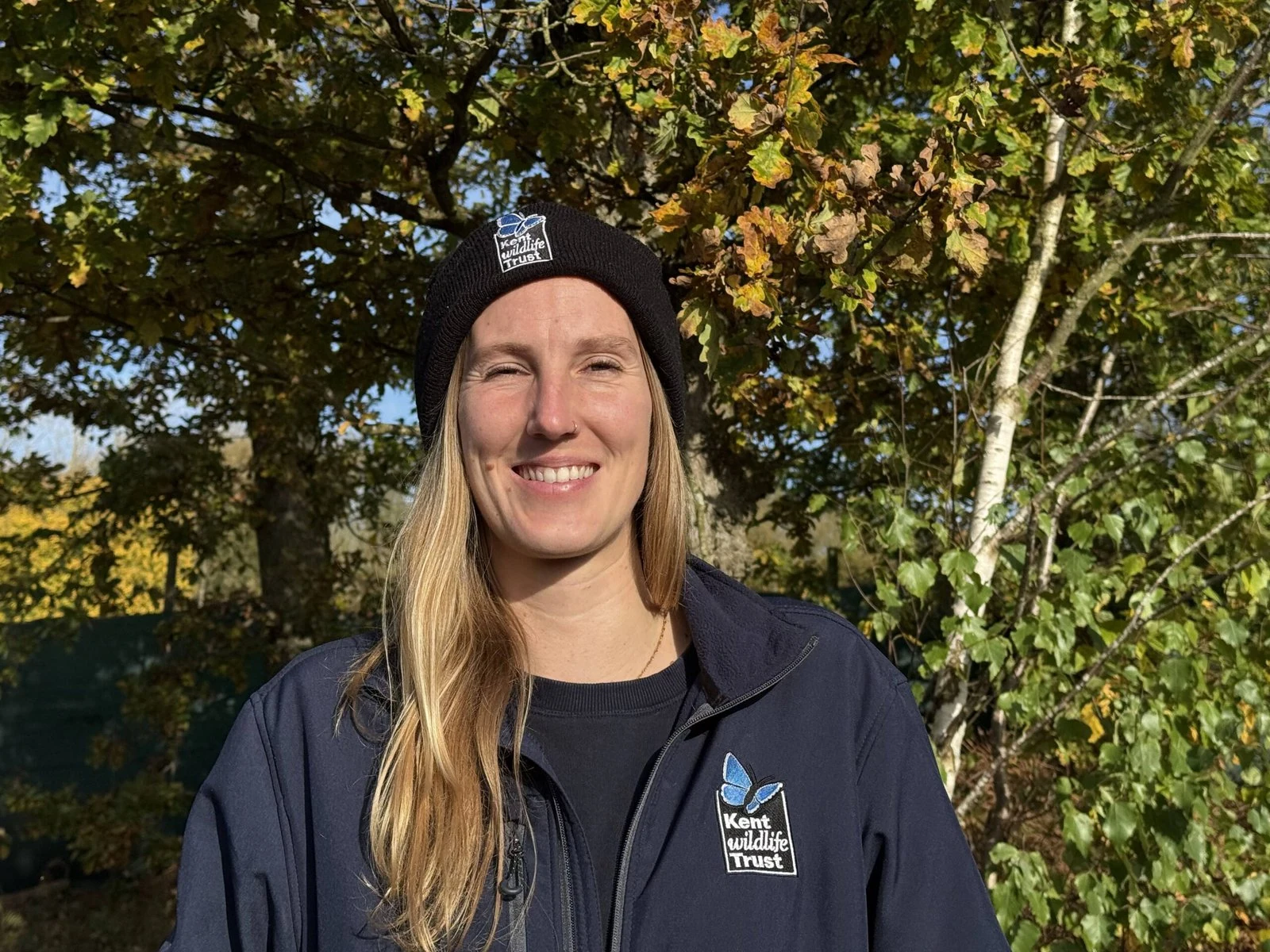
Here, in one of the largest areas of ancient woodland in the U.K., a pioneering rewilding project is bringing back biodiversity to Britain amid an alarming, long-term decline. And bison are at its center.
In July 2022, three female European bison from Ireland and Scotland were released into this countryside in Kent, in southeast England, to help restore a 50-hectare zone in the nature reserve, parts of which are a thousand years old. In December 2022, a male bison from Germany, delayed due to Brexit bureaucracy, joined them.
These large herbivores were introduced in an effort to boost the local ecosystem, in turn supporting biodiversity and making it more resilient to climate change. Their natural behaviors include debarking trees and dustbathing (i.e. rolling around on the ground), which create and maintain diverse habitats for all kinds of fauna and flora.
“Bison do many jobs, they cut down trees and churn up the ground,” adds Juan, who, along with her team of three rangers, monitors the herd daily. This includes, at least in the preliminary stages, providing the bison with supplementary feeding due to the lack of grass in the woodlands — meaning they could otherwise be at risk of copper deficiency.
“They are a keystone species,” she adds. “That means where they go, other species go.”
The project, which is being run by Kent Wildlife Trust and the Wildwood Trust after they received £1.1 million ($1.4 million) from the People’s Postcode Lottery, a U.K. funding organization, is aiming to reverse the biodiversity crisis in Britain through the bison introduction and to create a “thriving mosaic of habitats for wildlife.”
Britain is one of the world’s most nature-depleted regions, with nearly one in six of the more than 10,000 species assessed (16 percent) at risk of going extinct, according to the State of Nature report in 2023, the most comprehensive study of its kind to date. The decline in numbers is at its fastest rate in thousands of years, the researchers found, and the lack of woodland management is one of the biggest drivers of decline in Britain, alongside pollution, disease and climate change.
Weighed down by negative news?
Our smart, bright, weekly newsletter is the uplift you’ve been looking for.
But conservationists make the case that society has never had a better understanding of what is needed to fix the problem. Rewilding, they argue, is a sustainable and cost-effective method of building ecosystems that are resilient.
“If species are to thrive, we need to create a network of bigger and better habitats,” says Sophie Monsarrat, a manager at Rewilding Europe, a nonprofit dedicated to creating rewilded landscapes throughout the continent. “And humans aren’t the best solution for creating these kinds of habitats. The best solution is nature itself.”
Wilder Blean is one of the leading projects in the U.K. doing just that. Although European bison were never native to the U.K., they are the closest living relatives to the steppe bison and other wild grazing animals that once were, and therefore are seen as the best species for recreating those behaviors. Separately, Iron Age pigs, Exmoor ponies and longhorn cattle have been released in the area to aid the restoration.
In the meantime, a controlled study is being carried out by scientists to ascertain the biodiversity impact of the bison compared to the longhorn cattle, with the total 500 hectares of woods split into three zones: with bison, with cattle, and without either.
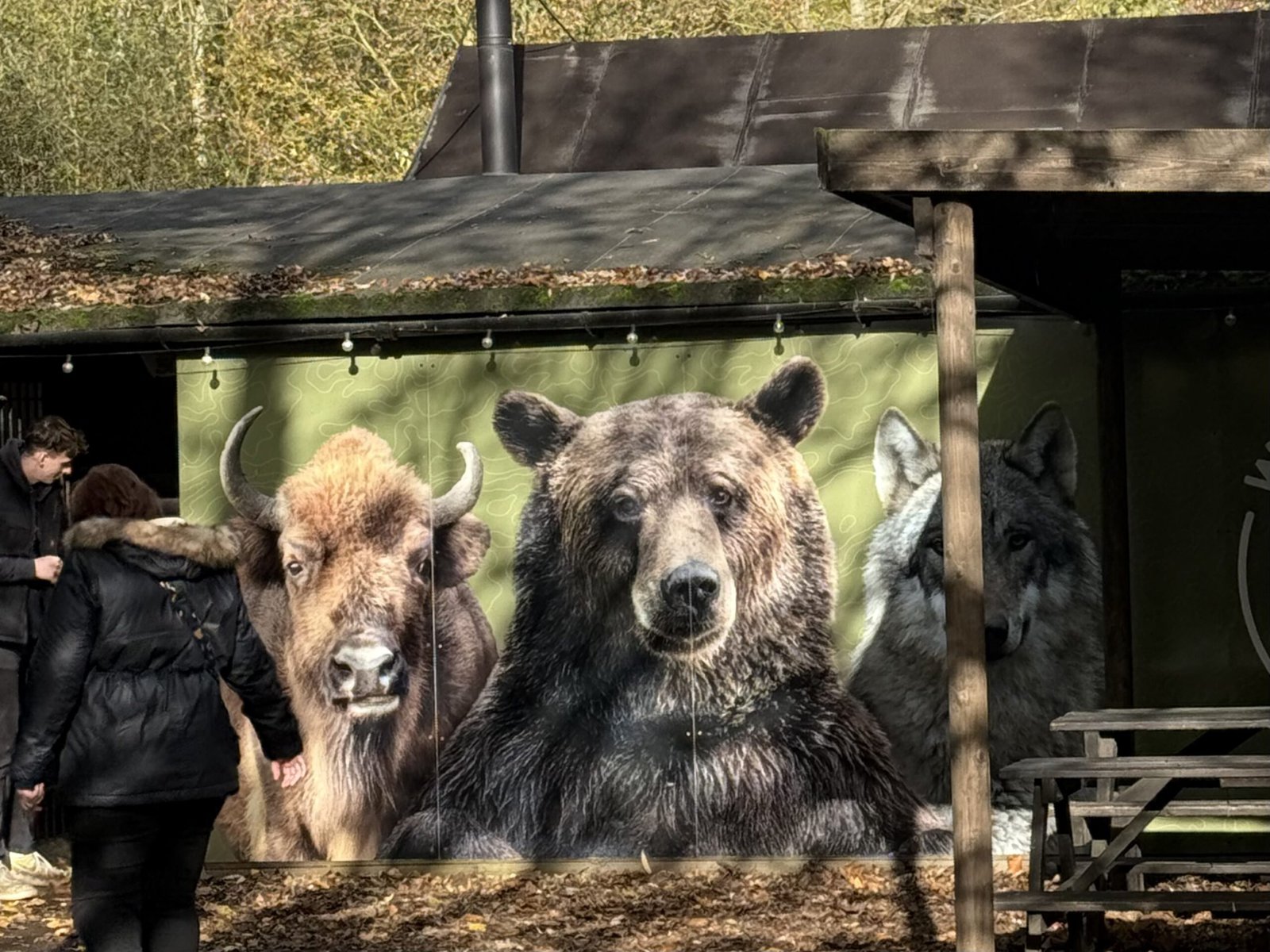
But already, Wilder Blean is showing how rewilding can help to reverse Britain’s biodiversity decline.
Two and a half years on, the bison’s numbers have doubled — with the birth of four calves — and these gentle beasts are having a visible impact in the woods, where they are the U.K.’s only free-roaming bison herd. Juan also says the Lagria atripes, a beetle that had previously been declared extinct in the U.K., has been spotted several times, and there has been an increase in sightings of dormice, slow worms and viviparous lizards.
“We are already observing a tangible change to the ecosystem,” she says.
It will still be a few years until concrete scientific studies are published, and the research is set to continue for 50 years.
But according to Monsarrat, projects across Europe have already shown how bison can thrive. In the 1920s, there were just 54 European bison, all in captive areas, after intense hunting over millennia, but thanks to rewilding efforts there are now around 10,000, mostly in Russia and Belarus, where there is more space for bison to roam.
Meanwhile, in the relatively vast expanses of the U.S., the restorative value of bison has been long established.
But there’s also been success in smaller nations like the Netherlands.
An important part of that recovery has been the relatively liberal policy towards how bison are treated. For example, in the Netherlands, bison are legally classified as livestock, which means they do require veterinary tests, but they also have a special status as “semi-wild.”
“I absolutely think it’s a success,” says Liesbeth Bekker, an expert in rewilding and professor at the Netherlands Institute of Ecology, of the reintroduction efforts that began in 2007. “People are becoming more reacquainted with the bison.”
(Bekker’s research also found that the European bison are adept at living in other kinds of landscapes — in the Netherlands, they have thrived on coastal dunes, munching away at invasive plants like black cherry — not only in forests).
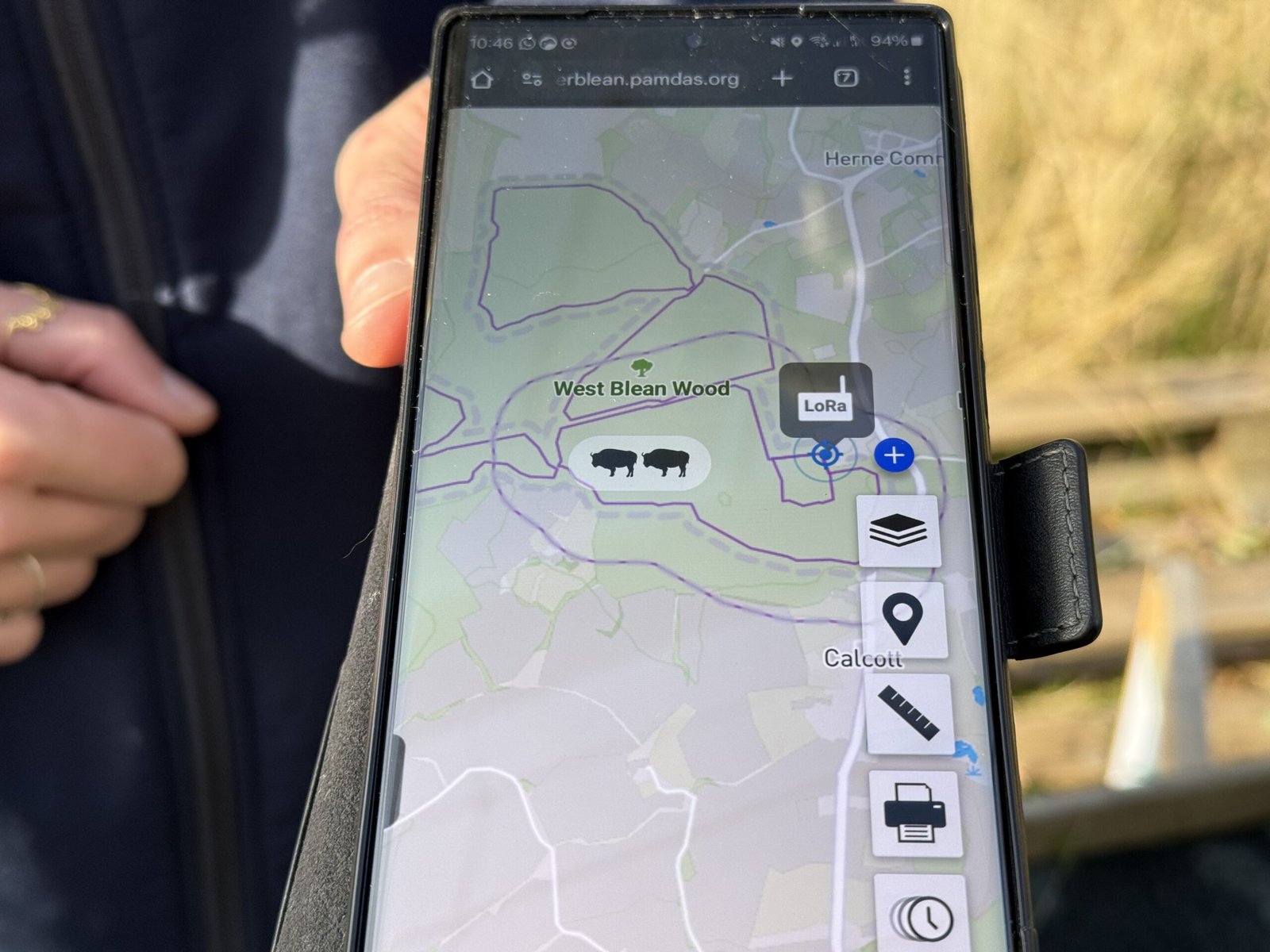
Efforts in the U.K., however, have been hampered by legislation dating back to the 1970s known as the Dangerous Wild Animals Act, which classifies bison on the same level as tigers, meaning the Wilder Blean project had to install costly fencing.
“But there’s no evidence to suggest bison are more dangerous than cattle,” says Juan. “In the Netherlands, where the public can walk through the reserves, it’s been safe. There have been no injuries.”
Nonetheless, U.K. authorities have so far shown no desire to loosen restrictions.
The U.K.’s Department for Environment, Food & Rural Affairs declined to comment.
Another complex obstacle to contend with has been the public’s perceptions of wild species like bison — some people may have unfounded fears — as well as the challenge of finding a system for them to reasonably coexist in areas also inhabited by humans.
“The critical thing we are trying to work on is co-existence,” says Monsarrat. “It’s very varied, the type of reaction you will have from locals.”
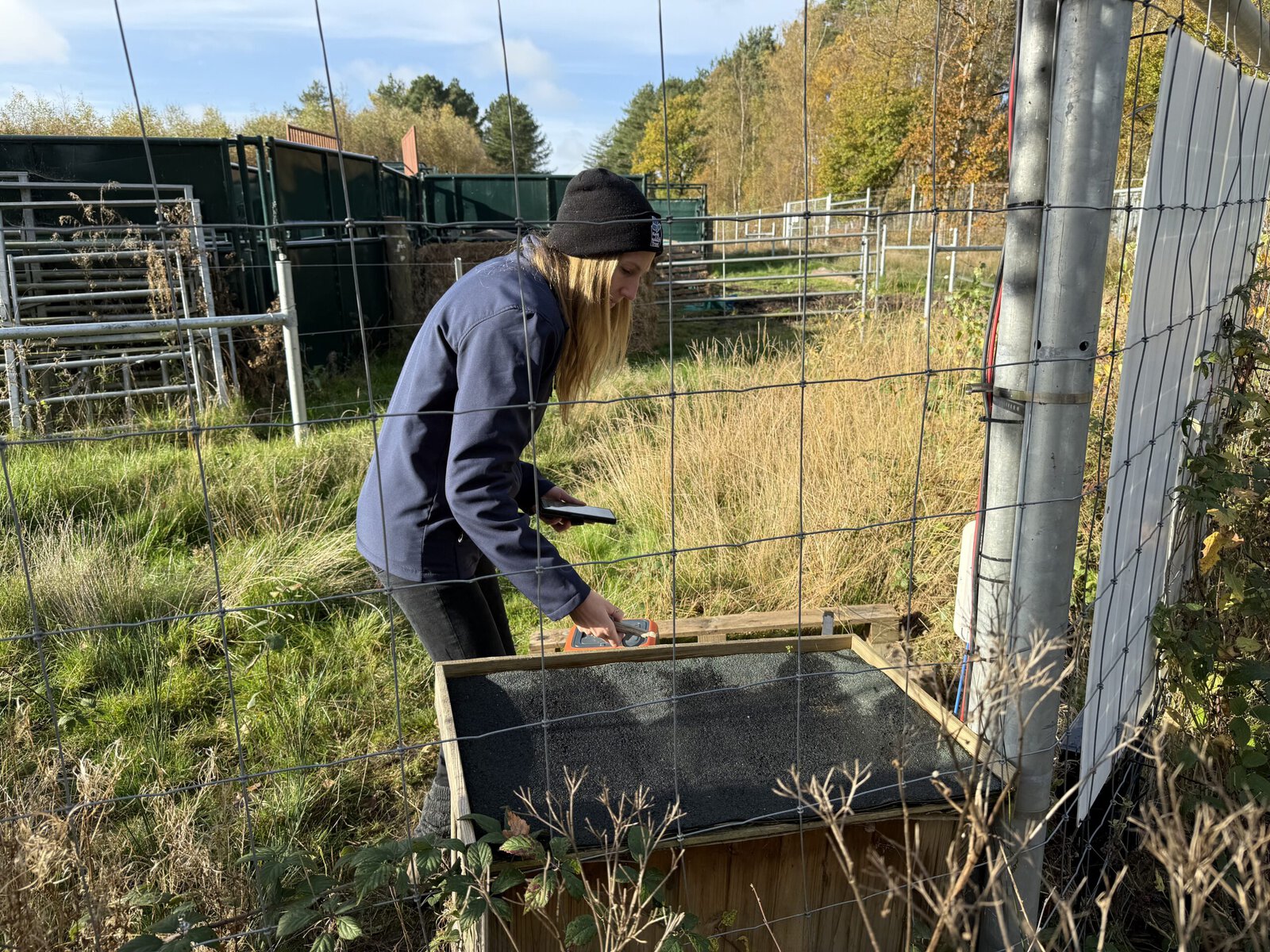
In some places like Romania, where bison went extinct more recently, it has been easier to carry out rewilding because local populations still have memories of bison, places are named after them, and they are presented in imagery as a cultural icon.
But in other places, people have forgotten, and this kind of “environmental amnesia” — in the words of Monsarrat — has made the issue much more tricky to navigate.
Therefore, Wilder Blean made a particular effort to consult and engage with local landowners, interest groups and residents, holding workshops that were open to the public.
But even still, local mountain bikers, who used the woods to ride, have expressed their dismay on social media. As have dog owners — a significant group in the U.K. — who are unhappy at greater restrictions over where they can go.
“We have tried to be very open and transparent, to show we are listening,” says Juan.
In the years ahead at Wilder Blean, however, as the bison successfully reproduce, more space will be needed for them.
In response, the construction of two “bison bridges” is nearly complete, allowing visitors to the woodland to walk over the bridge as the animals pass underneath, raising their space to 100 hectares. This summer, when the construction of two more bridges is finished, their range will span 200 hectares.
“Bison need to roam,” says Juan. “That’s when these ecosystem engineers do their best work.”











